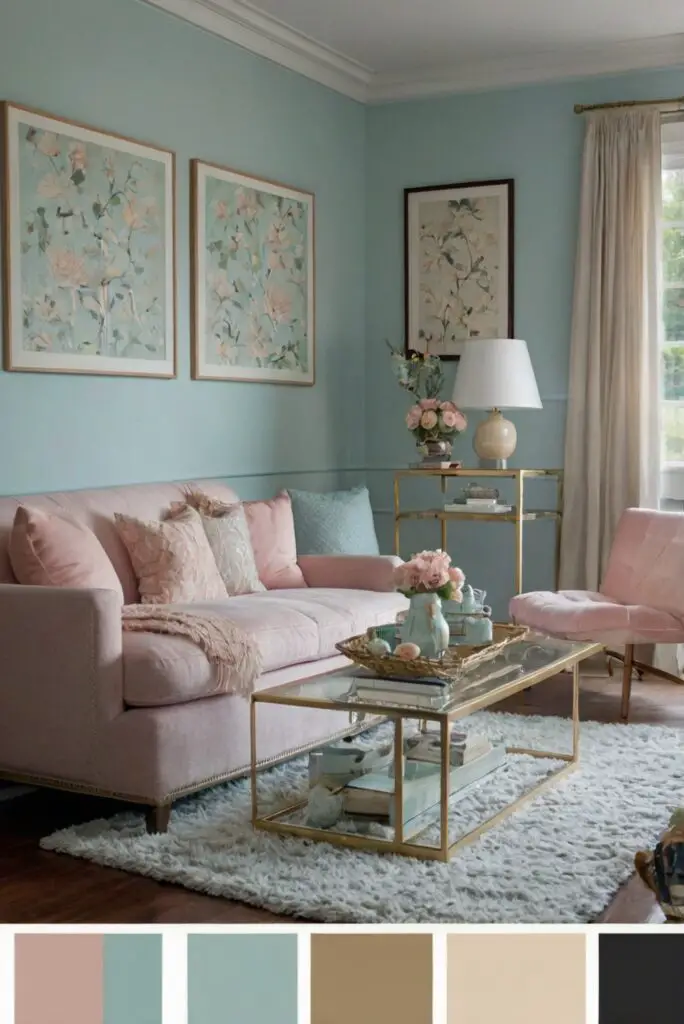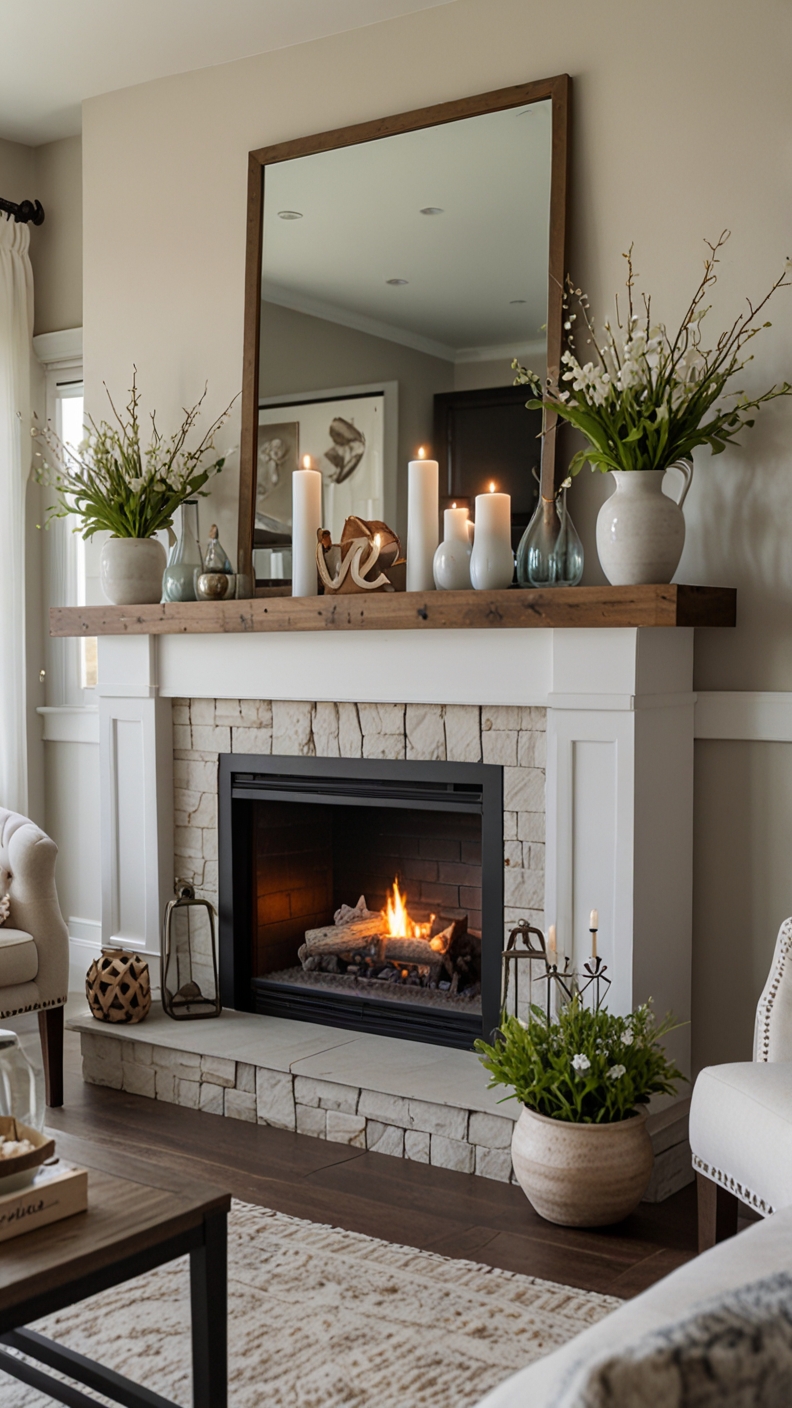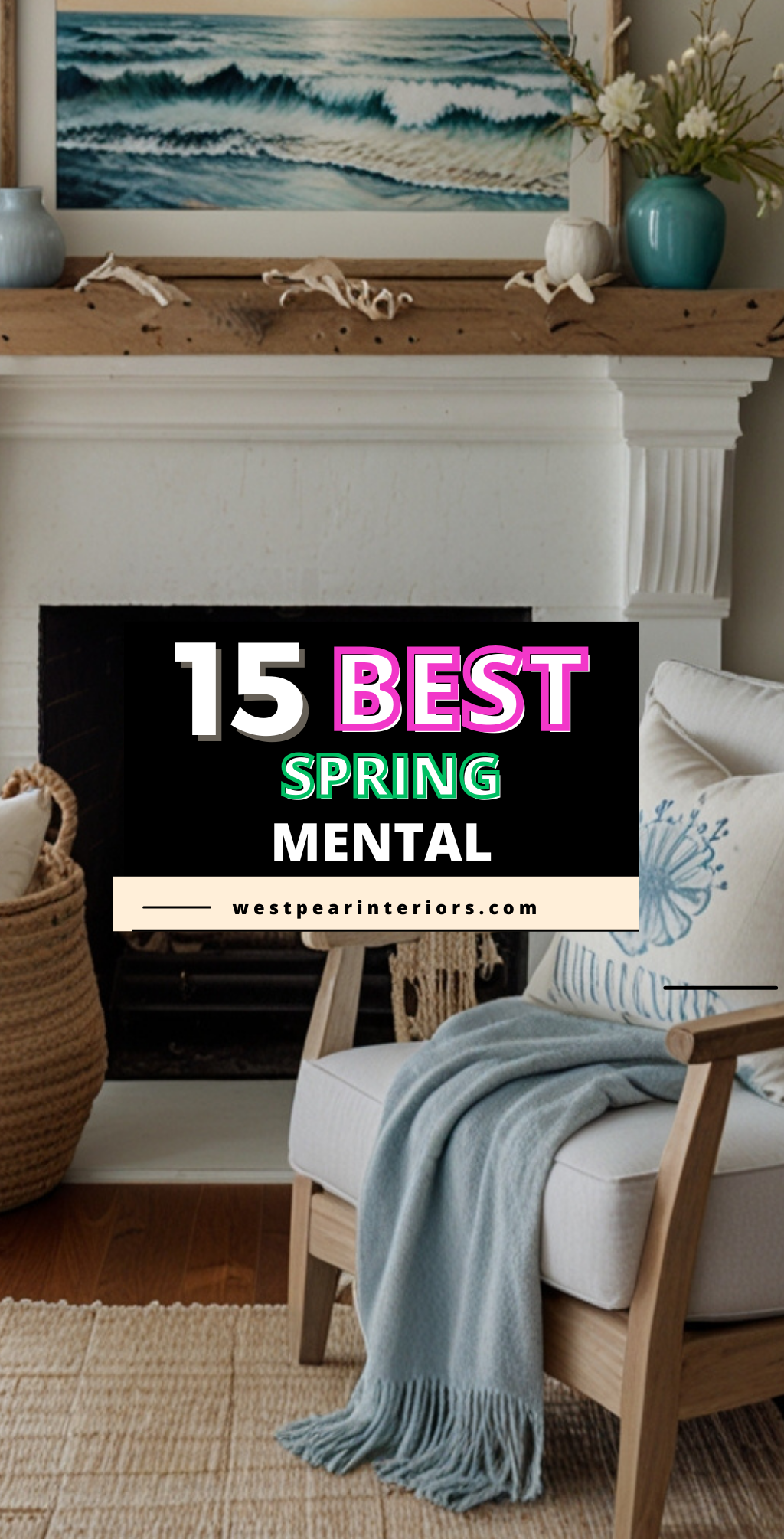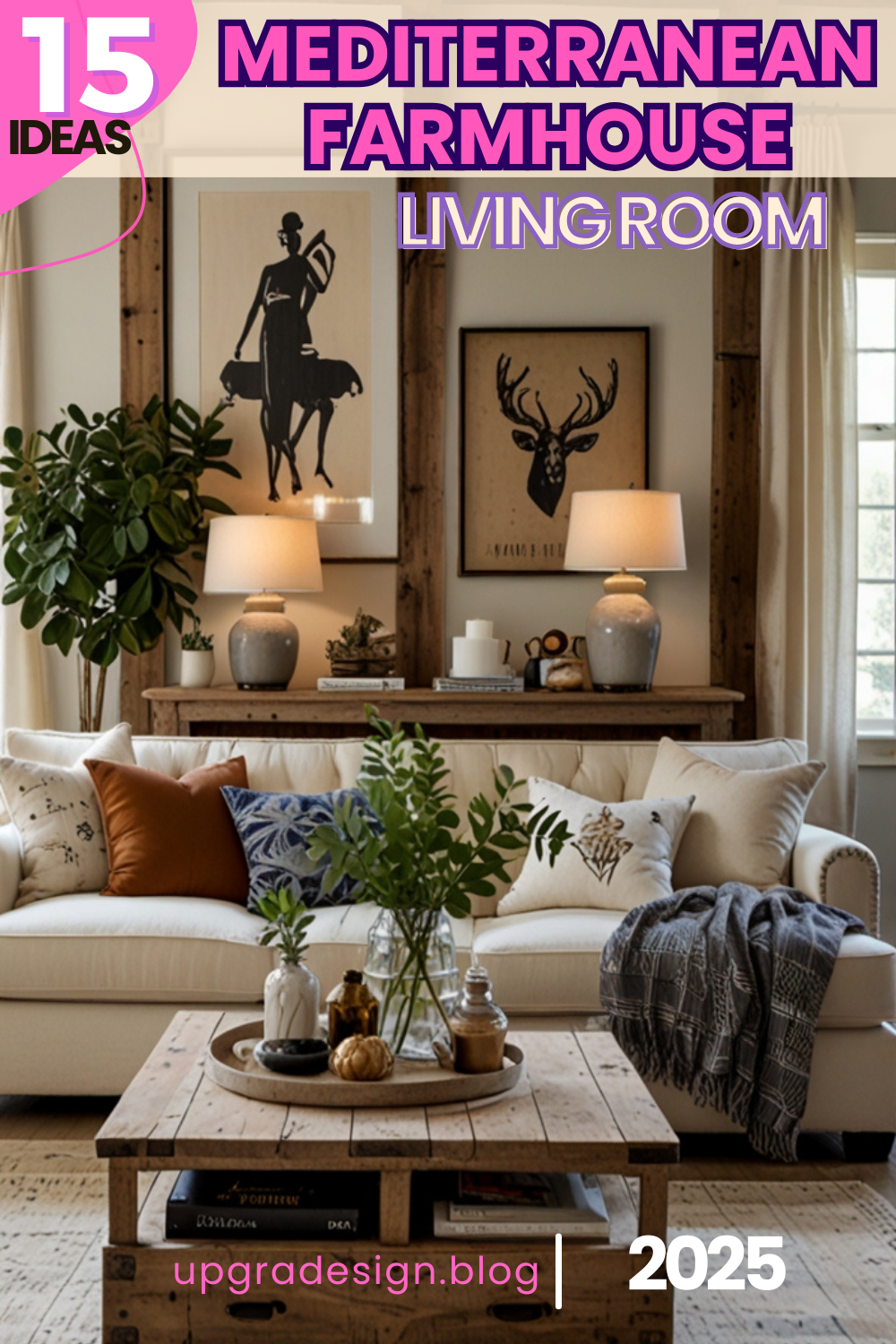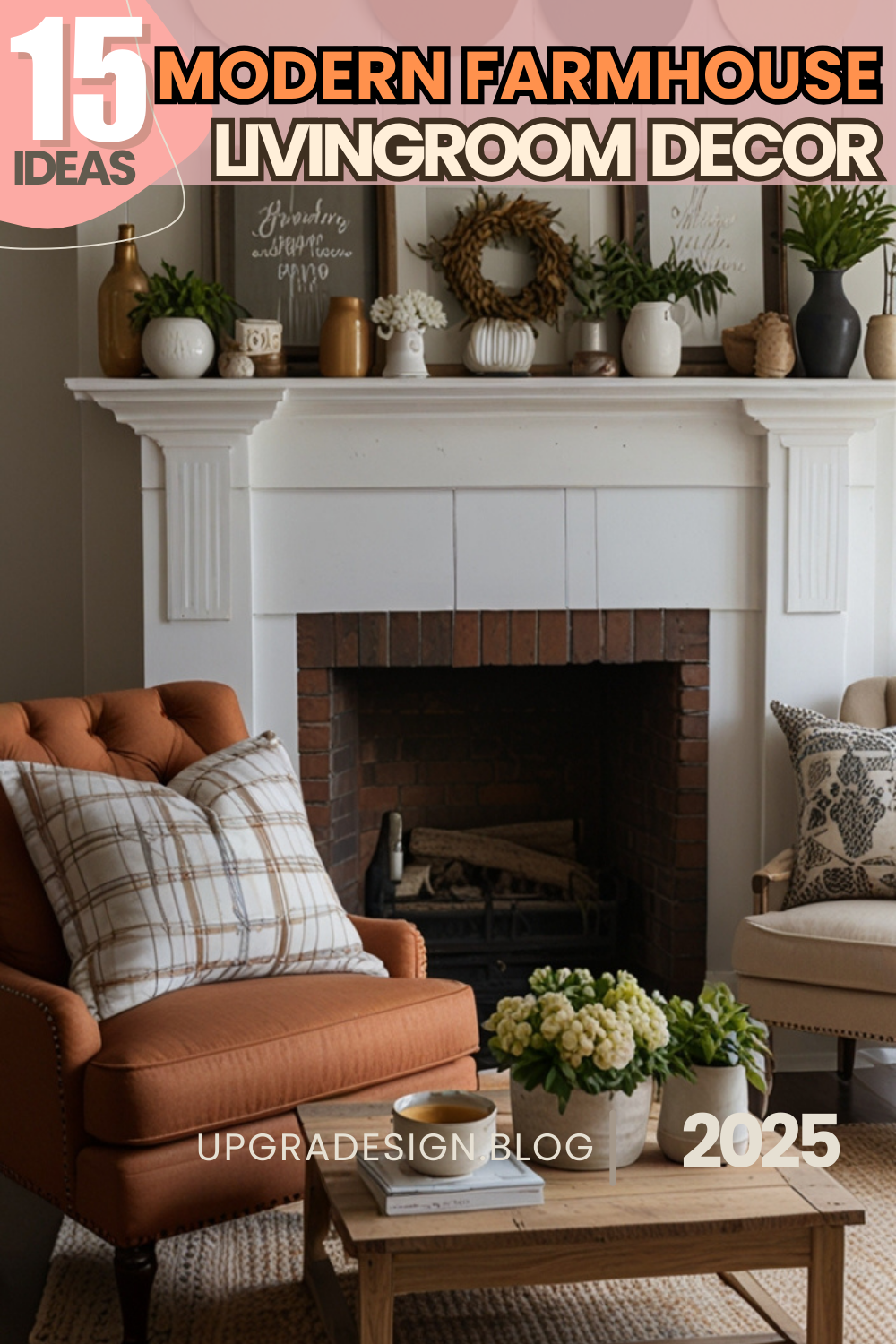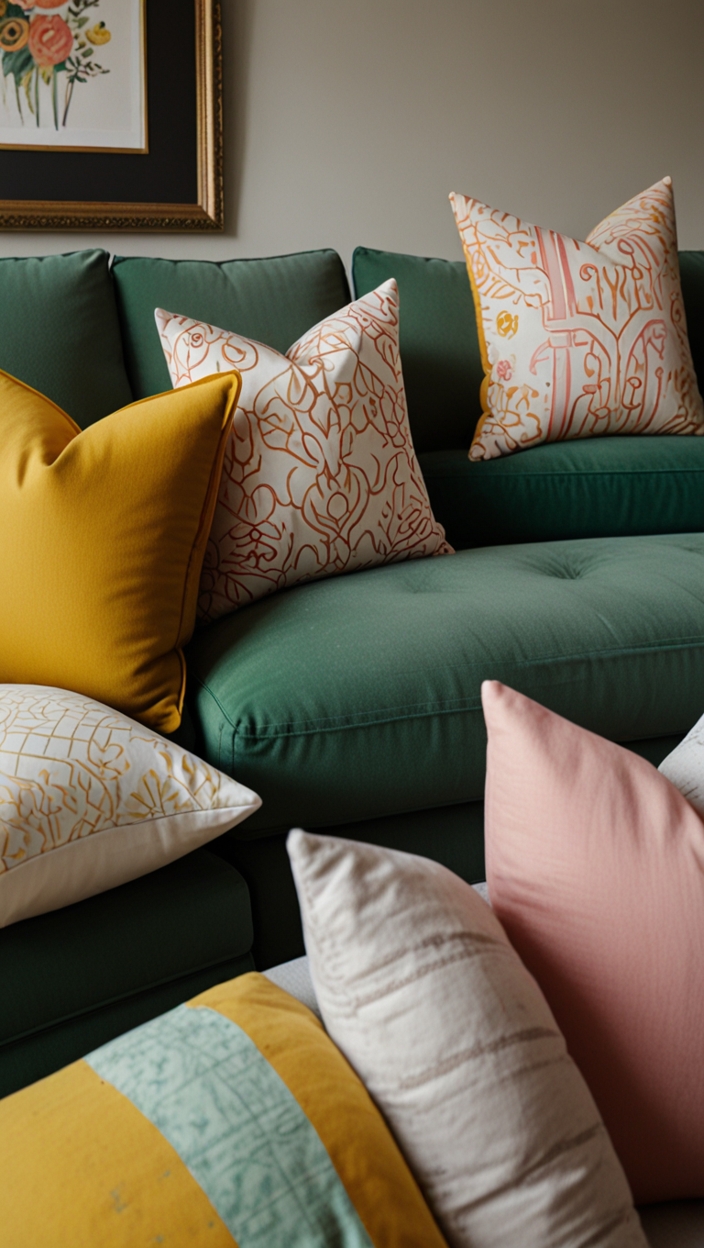Discover how to transform your living room into a peaceful retreat using a pastel color palette. This daily interior designer routine will bring serenity to your space.
To create a serene ambiance with a pastel color scheme in your living room, start by selecting a soft pastel palette that includes colors like pale blues, greens, pinks, and yellows. Use these colors on the walls, furniture, and decor items to create a cohesive look. Incorporate natural elements like plants and wooden accents to add warmth to the space. Consider using light-colored flooring and curtains to enhance the airy feel. Make sure to balance the colors to avoid overwhelming the room. Additionally, keep the space clutter-free and consider incorporating soft lighting to create a cozy atmosphere. Regularly maintain your living room to ensure a calming environment for both you and your pet.
How to choose the right pastel colors for my living room?
Choosing the right pastel colors for your living room is essential to create a serene ambience. When selecting pastel colors, consider the natural light in your space. Lighter pastel hues work well in rooms with ample natural light, while darker pastels can add depth to rooms with less light. It’s crucial to test paint samples on your walls to see how they look in different lighting conditions throughout the day. Another tip is to consider the existing furnishings and decor in your living room. Choose pastel colors that complement your furniture and accessories to ensure a cohesive and harmonious look. Additionally, think about the mood you want to create—soft blues and greens promote relaxation, while pale pinks and yellows evoke warmth and cheerfulness. Remember that pastel colors can visually expand the space, making it feel airy and inviting.
What is the best way to incorporate pastel hues into my existing decor?
My Lovely Spring Paint for 2025
Ready for a Spring Makeover? Explore the Freshest 2025 Paint Trends!
White Sage/Green SW Pistachio green Soft blue Honeysweet/Orange Pink Sugar Sage Tint BMAs an Amazon Associate, I may earn a commission from qualifying purchases at no extra cost to you.
Incorporating pastel hues into your existing decor can be done through various elements such as paint, furniture, textiles, and accessories. Start by painting the walls in a soft pastel shade to set the tone for the room. Then, introduce pastel-colored furniture pieces like a sofa, armchair, or coffee table to anchor the space. You can also bring in pastel hues through textiles like curtains, rugs, and throw pillows. Additionally, consider adding artwork or decorative items in pastel colors to tie the look together. To create a cohesive design, balance the pastel hues with neutral tones like white, beige, or light gray. This will prevent the room from feeling overwhelming and maintain a sense of balance and harmony.
Can I combine multiple pastel colors in the same room?
Combining multiple pastel colors in the same room can create a harmonious and visually appealing space. To do this successfully, choose a primary pastel color as your base and then select one or two additional pastels as accents. For example, you could have a soft blue as your primary color with accents of pale pink and mint green. To prevent the room from feeling chaotic, use the 60-30-10 rule where the primary color takes up 60% of the room, the secondary color 30%, and the accent color 10%. This balanced distribution of colors will create a cohesive and balanced look. Additionally, consider incorporating textures and patterns in similar pastel hues to add depth and interest to the space.
Are there any risks of using pastel colors in a living room?
While pastel colors are known for their ability to create a serene and calming atmosphere, there are some risks to consider when using them in a living room. One potential risk is the room feeling too saccharine or childish if pastels are overused without balance. To mitigate this risk, pair pastels with neutral tones or darker shades to create contrast and depth in the space. Another risk is that pastel colors can sometimes appear washed out, especially in rooms with limited natural light. To prevent this, choose pastel hues with a slightly deeper undertone or consider using a higher gloss paint finish to reflect light and enhance the colors. Overall, the key is to strike a balance between pastels and other colors to ensure a sophisticated and timeless look in your living room.
How can I maintain a serene ambiance with a pastel color scheme?
My fAV Spring DECOR for 2025
Discover Spring’s Best 2025 Decor Combinations – Perfect for Any Room!
Oversized Indoor Plants White Curved Sofas Rugs BOH Brown Cream Moroccan Hype Boho Rug Outdoor Patio Furniture Sets Topfinel Pillow CoversAs an Amazon Associate, I may earn a commission from qualifying purchases at no extra cost to you.
To maintain a serene ambiance with a pastel color scheme, focus on creating a cohesive and harmonious flow throughout the room. Start by choosing a soft, neutral base color for the walls to create a tranquil backdrop. Then, layer in pastel hues through furniture, textiles, and accessories to add depth and interest. Consider incorporating natural elements like plants, wooden accents, or stone textures to bring a sense of calm and serenity to the space. Lighting plays a crucial role in maintaining a serene ambiance, so utilize a combination of ambient, task, and accent lighting to create the right mood. Soft, diffused lighting can enhance the pastel colors and create a relaxing atmosphere. Finally, decluttering and simplifying the space can help maintain a sense of tranquility, allowing the pastel colors to shine and evoke a peaceful vibe.
What are the benefits of using pastel colors in a living room?
Using pastel colors in a living room offers numerous benefits beyond creating a serene ambiance. Pastel hues can make a room feel brighter and more spacious, making it ideal for smaller living spaces or rooms with limited natural light. These soft colors have a calming effect on the mind and body, promoting relaxation and reducing stress. Pastel colors also have a versatile and timeless quality that can easily adapt to changing decor trends. By incorporating pastels into your living room, you can easily refresh the space with new accessories or accents without a complete overhaul. Additionally, pastel colors evoke a sense of warmth and comfort, making your living room a welcoming and inviting retreat for family and guests.
How to organize furniture and accessories when using a pastel color scheme?
Organizing furniture and accessories in a living room with a pastel color scheme involves strategic placement to enhance the overall look and feel of the space. Start by choosing furniture pieces in neutral tones or pastel hues that complement the color scheme. Arrange the furniture to create a functional and inviting layout that promotes conversation and relaxation. Consider the focal points in the room, such as a fireplace or large window, and arrange furniture around these features to maximize their impact. When it comes to accessories, opt for a mix of textures, materials, and shapes to add visual interest and depth to the room. Introduce metallic accents like gold or silver to enhance the softness of pastel colors and create a touch of glamour. Pay attention to the scale of accessories and use them sparingly to prevent the space from feeling cluttered. By carefully organizing furniture and accessories, you can create a cohesive and inviting living room with a soothing pastel color scheme.

